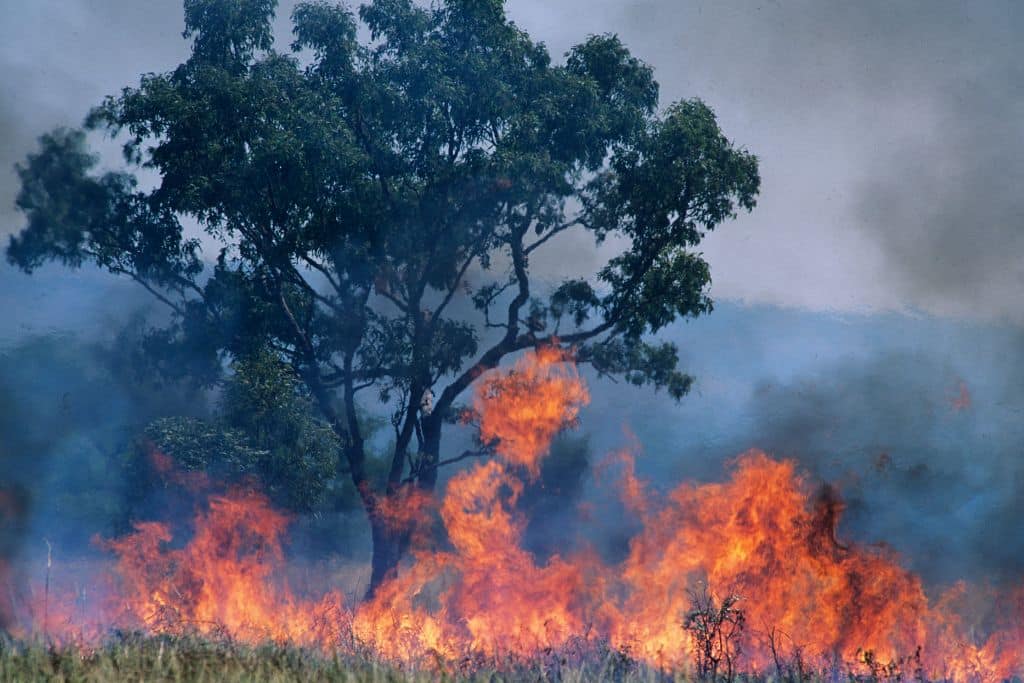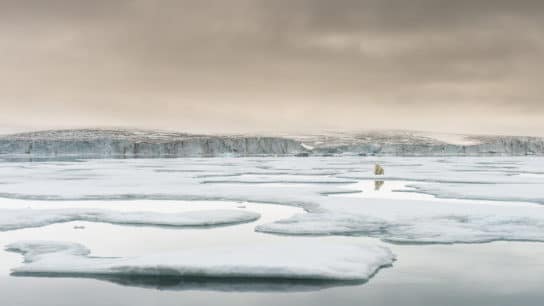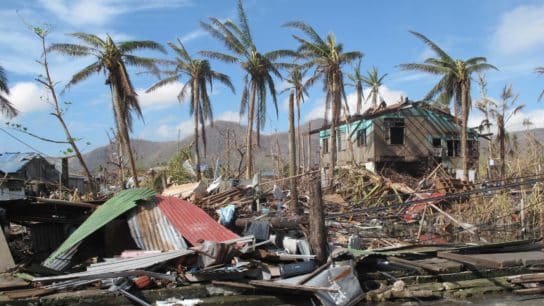The New South Wales’ Rural Fire Service (RFS) last year predicted a “normal” fire season for most of 2024 and “increased fire activity” in early 2025.
—
A heatwave in Australia’s southeast intensified over the weekend, increasing the risk of bushfires and prompting fire bans across the region.
The heatwave sent the mercury above 40C in parts of the state of Victoria on Sunday, prompting local authorities to issue total fire bans across three districts facing “extreme” fire danger.
Firefighters on Monday managed to contain a large fire that ripped through The Grampians National Park in Victoria’s west for 21 days. The fire, which spread across 74,000 hectares, destroyed four homes and multiple sheds and killed hundreds of animals.
“It is likely we will still see smoke and small flare-ups in the area, but we will continue to be present to deal with these when and as they arise,” incident Controller Peter West told ABC news on Monday as he declared the fire contained.
The states of Western Australia, New South Wales (NSW) and Tasmania were also under heatwave warnings on Sunday as temperatures neared 40C.
Firefighters on Monday said a bushfire in the Attunga State Forest in NSW was finally “under control.” The fire, which ignited by a lightning strike on Saturday, December 28, has burned 1,277 hectares.
“There is still a lot of smoke visible, but nearly all that’s associated with containment strategy backburning,” said NSW’ Rural Fire Service (RFS) public information officer Inspector Lachlan Gilchrist. “At the moment we are cautiously optimistic … we are not expecting a significant increase in fire behaviour in the coming 48 hours, and there is no pressure on containment lines.”
Cooler weather and rainfall were expected to bring some relief to the Southeast from Monday, according to the Bureau of Meteorology.
“After storms passed through the area yesterday, several new fires have been detected in remote bushland to the north of Colo Heights, in the Hawkesbury LGA,” the RFS said on Monday. “Today, northerly winds will push smoke from these fires into the north-western parts of Sydney.”
As of noon on Monday, 87 fire were burning across NSW.
Climate Change
The NSW RFS last year predicted a “normal” fire season for most of 2024 amid “wetter-than-normal conditions” and “an increased chance of above average rainfall through winter and spring.” However, it also added that fire activity could increase in early 2025 amid an increase in temperatures across the country.
2024 was Australia’s second-hottest year on record overall, behind only 2019, with the average temperature 1.46C above the 1961-1990 average. Australia’s Bureau of Meteorology also noted that Australia’s ten hottest years all occurred in the past two decades and that only two years of the past 40 have been cooler than average, the Guardian reported.
Sarah Perkins-Kirkpatrick, deputy director of the Centre of Excellence for 21st Century Weather at Australian National University, said higher-than-usual temperatures were becoming routine as she blamed human-made climate change.
“Undoubtedly climate change has been a major factor because none of the climate mechanisms that gear things up for a hot year – like El Niño or [conditions in the Indian ocean] were really in play,” Perkins-Kirkpatrick said.
Australia has warmed by 1.51C since high-quality records started in 1910, according to a recent report by the Bureau of Meteorology that also found an upward trend in extremely hot days – days when the average temperature for the continent was in the top 1% of hottest on record.
“We know heatwaves are becoming longer and the intensity is increasing and they are becoming more frequent,” said Karl Braganza, the bureau’s climate services manager. “The rate of change points to how rapidly our climate system is changing. The climate of the 1980s and 1990s is very different to what we are experiencing today.”

The same report also found an increase in the number of dangerous fire weather days since the 1950s and a longer fire season for much of southern and eastern Australia.
Rising ocean temperatures off Australia’s coastline are threatening the Great Barrier Reef, the world’s largest coral reef system, as well as kelp and seagrass.
A paper last year warned that this generation will likely witness the demise of the iconic reef unless rapid, coordinated, and ambitious action is taken globally to reverse climate change. Scientists said that at this rate, the reef is at risk of experiencing “near-annual coral bleaching,” which would “further threaten the ecological function and outstanding universal value of one of Earth’s greatest natural wonders.”
This story is funded by readers like you
Our non-profit newsroom provides climate coverage free of charge and advertising. Your one-off or monthly donations play a crucial role in supporting our operations, expanding our reach, and maintaining our editorial independence.
About EO | Mission Statement | Impact & Reach | Write for us














